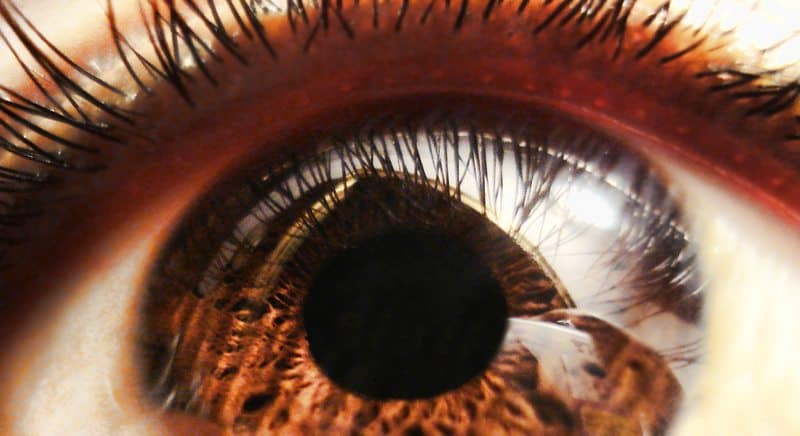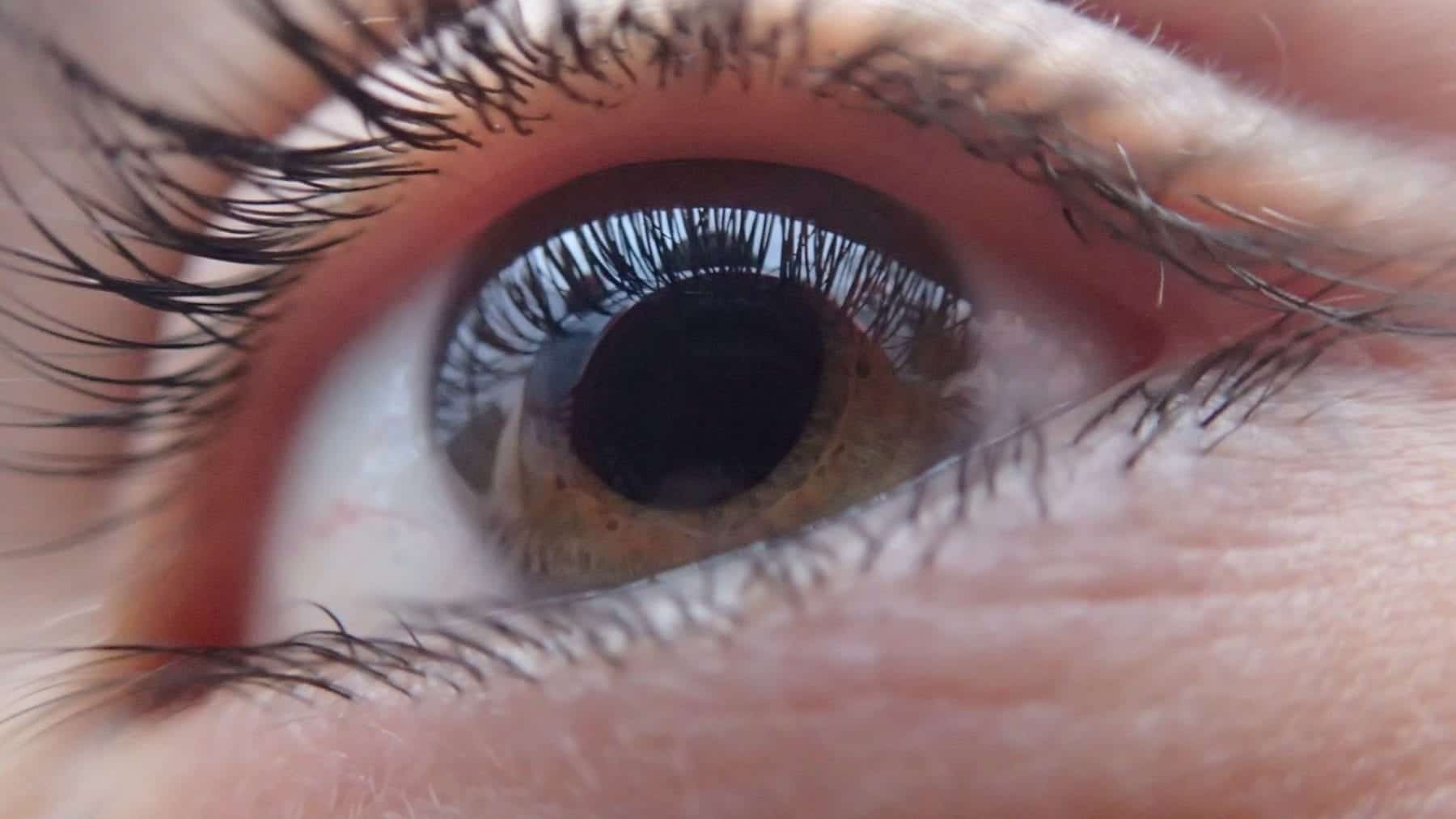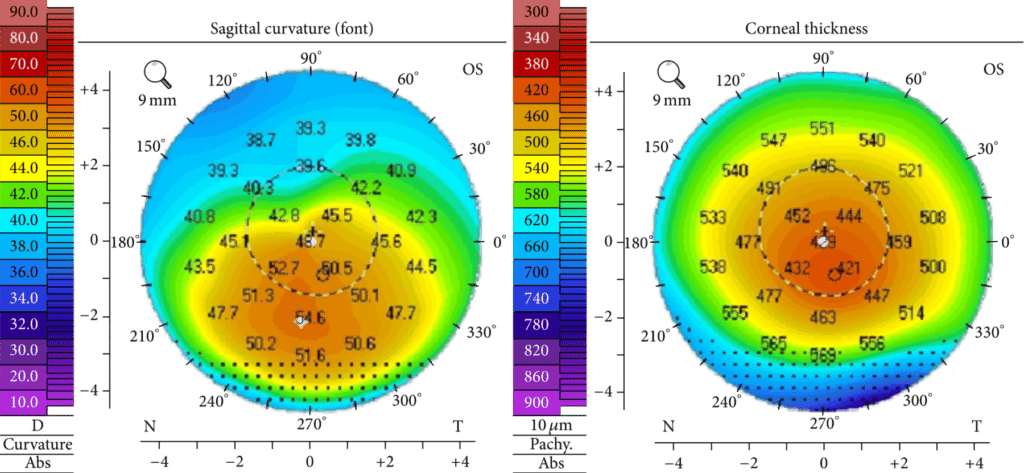Eye Health
Home » Archives for cmg-wd
Blurred vision is a common symptom of several conditions. Finding out which condition is causing yours can be equally difficult. The first step is eliminating other simpler conditions before moving to the bigger ones. Your doctor may first check your prescription to see if your prescription has changed then other options can be evaluated.
Keratoconus can cause your vision to worsen over time and if your prescription continues to change it is possible you may have Keratoconus. It is also important to know your family history so you know whether to eliminate that option right away.
Below you will see some symptoms of Keratoconus:
Blurred vision
Frequent Prescription changes
Sensitivity to light
Poor night vision
Headaches
Straining of the eyes
Sudden Cloudiness in your vision
If you have symptoms like those listed above speak to your eye care professional right away as Keratoconus can worsen very quickly. For additional questions on Keratoconus please call our office at (310) 860-1900.
Being diagnosed with Keratoconus can be difficult to manage, especially when it comes to your career. Although there are many stages of this degenerative eye disease, some more severe than others, the sooner the diagnosis the easier it will be to help preserve and improve your vision. If you are experiencing that Keratoconus is affecting your career, educate your employer on how they could help you. Explain to them that it is a degenerative eye disease that affects 1 in 500 people in which the cornea thins while bulging forward. Below are some tips that can make work a little more bearable.
Tips
• If you have a desk job, ask for a larger computer screen
• Flat computer screens reduce glare
• Use fonts like Arial in larger text size
• Install enlargement software, screen readers or speech software
• Spend minimal times looking at the screen for hours. Take breaks in between computer time
• Adjust all light levels to reduce eyestrain
• Avoid dusty environments, keep your area clean
• If your career involves driving at night plan to avoid later hours
Following a few of these tips can make a world of difference while you are trying to cope with the eye disease in the workplace. Just because you are diagnosed does not mean your career path is over. There are many alternatives that help restore your vision.
Holcomb C3-R® Crosslinking System
Holcomb C3-R® is a non-invasive procedure that uses a Riboflavin solution activated by an ultraviolet light to strengthen the collagen fibers of the cornea. This helps to reduce glare and halos in the vision, while also stopping the progression.
The Holcomb C3-R® is a only a 30 minute treatment, however it continues to strengthen the cornea for up to 3-6 months after the treatment. Another great aspect is that it can also be performed in combination with other keratoconus treatments to improve your results even further.
INTACS®
INTACS® are tiny crescent shaped inserts that are placed within the cornea to help change the shape of the cornea. INTACS® can also be used in combination with the Holcomb C3-R® to reduce distortions and increase comfort of glasses and contacts.
Conductive Keratoplasty (CK)
CK is a vision correction treatment that uses heat to change the shape of the cornea and reduce astigmatism. When combined with the Holcomb C3-R® Crosslinking System, the CK treatment can effectively reduce astigmatism for a period of several years. Due to the nature of the cornea in Keratoconus patients the effect of CK can diminish with time. Patients may elect to have future CK to reduce astigmatism, if needed.
Keratoconus is a progressive eye disease that may worsen over time if it is not treated. If you are noticing that your eye prescription is constantly changing, the first step would be visiting your local eye doctor. Frequent changes in prescription may be a sign of Keratoconus and possibly a sign of more serious conditions. If Keratoconus runs in your family, it does not necessarily guarantee that you will get it, but it does put you more at risk. Below are some signs and symptoms of Keratoconus.
Dr. Brian Boxer Wachler, is a world renowned eye surgeon and Keratoconus expert. He has pioneered many treatments to improve the quality of vision, including the Holcomb C3-R®, Intacs® and Visian ICL® for Keratoconus. If you do not live locally, that is not an issue. Many of his patients come from all over the world to receive care from the expert himself.
Dr. Brian provides a complimentary record review prior to scheduling your appointment. Once you are determined a candidate for the procedure, you will be personally assisted with the next steps prior to coming into the office.
Please see the steps below for requesting your record review. Learn how easy the records review steps are below.
If you have questions please call us at: 310-860-1900
This site discusses Keratoconus treatments that can help you. Treatments include Holcomb C3-R, Intacs, Ck and Visian ICL.

Below are some early signs
Today’s Keratoconus treatment options have been effective in reversing and stopping the worsening. The Holcomb C3-R® invented by Dr. Brian, is the first non-invasive corneal crosslinking procedure for Keratoconus, which has the longest track record of any form of crosslinking in the world (except Germany). Another procedure that is often combined with the Holcomb C3-R® is Intacs® which are clear tiny semi-circles that are placed in the cornea to help reshape the cornea. Dr. Brian pioneered Intacs® for Keratoconus in 1999 and has the longest experience in the world with it for Keratoconus- 18 years.
If you have been experiencing any of these signs and symptoms, make an appointment with our office today to be considered for a Holcomb C3-R® evaluation. Please call (310) 860-1900 or email us at Info@boxerwachler.com

Holcomb C3-R ®
Holcomb C3-R ® has been available since 2003. This procedure helps improve the strength of the weakened cornea fibers. It is a non-invasive procedure that works over 4-16 weeks to improve strengthen the cornea fibers. The Holcomb C3-R ® can be done on the same day as several other treatments like Intacs®, CK, or even PRK.
Intacs®
Intacs® is a procedure in which a tiny crescent shaped lens inserts are placed the layer of the cornea to help improve the shape and decrease the irregular cornea shape. This procedure can be done in combination with the Holcomb C3-R ® providing improvement in your quality of vision. It only takes 7 minutes to complete and it is showing great promise in the treatment of Keratoconus.
CK or Conductive Keratoplasty
CK uses radio frequency to reshape the cornea. This treatment improves the curves of the cornea, which can improve the overall vision. There is little to no pain during the procedure and it only takes around 3 minutes to complete. This treatment can be combined with the Holcomb C3-R ® or Intacs® and can provide improved outcome for reducing high amounts of astigmatism.
Benefits of Combining Treatments:
• Improved Vision Outcomes
• Less Recovery Time – only 1 day of procedures, rather than multiple days
• Faster Results

Many cornea transplant surgeons whose practice is based on performing corneal transplants, want you to think this is the only option. They do not want you to know that there is an alternative non- invasive crosslinking procedure called Holcomb C3-R. Invented in 2003, this crosslinking procedure has the longest track record of any form of crosslinking in the United States.
Intacs do not “float around.” They are tiny semi-circle inserts that are placed in the peripheral layer of the cornea. They are immediately locked in place and sealed by the “healing process,” and patients usually do not feel them. Dr. Brian pioneered Intacs in 1999 and has had the longest experience in the world doing so.
Intacs do not wear out or degrade and do not need to be replaced.
Contact lenses are often mistaken for stopping the worsening of Keratoconus, but the truth is no contact lens is able to stop or slow down the worsening. The main purpose of contacts is to “smooth out” the eyes surface while improving the vision. There are six different types of custom lenses that are a possible fit for a patient. Fitting for Keratoconus patients can be difficult, because the lens must fit around the cornea’s bulge, while still maintaining the comfort and proper fit, but it is nothing Dr. Weiss, Keratoconus contact lens specialist can’t help you with.
Most people diagnosed with Keratoconus are under the age of 30 years old, but there are a number of patients who get diagnosed that are in their 40’s and even 50’s. Although age does not play an important factor because anybody could be diagnosed, Keratoconus occurs in 1 in 500 people.
Often times Keratoconus patients with severe cases are told by their doctors that their only options are an invasive cornea transplant or hard contact lens. Dr. Boxer Wachler has made the technological advances to help people who could not be helped in the past, leaving patients with a peace of mind.
It is never too soon to take steps to protect your vision. Ensuring we have good vision care should be a high priority in your families health care. Establishing a good vision specialist will protect your eyes in the future. Many of us take for granted our vision care despite the fact that we only have one pair.
Here are 4 things your family can do to ensure good vision:
1. Choose a good vision clinic:
Ensure that your eye clinic has good customer service and is not too busy to give you an appointment in a reasonable time. Don’t be afraid to ask questions of the staff when looking. Note how helpful the staff are and whether they answer your questions without hesitation.
2. Choose an compatible doctor:
Make sure the doctor you choose for your family is one that is concerned with their patients, and has the time to see them. Many times the doctor is good but very busy and doesn’t have sufficient time to dedicate to you and your family. You want to choose a doctor that has time for you! Ask questions to the patients as well. Some doctors have testimonials on their websites; feel free to research them as well. Be serious about your vision care.
3. Get regular checkups:
Make sure your family is being seen every two years. If you have risk factors for eye conditions like Diabetes you should be seen every year. If you have trouble remembering your appointments put it on your calendar. Ensuring your families eyes are checked regularly could save them hassles or catch conditions early on.
4. Educate yourself:
Don’t be afraid to do the research and take some initiative in your vision care. Write down any questions you have for your eye doctor and address them at your next appointment. If you don’t understand the answers they are giving you ask them until you do. This is your vision, and your care.
Remember:
“You are your best advocate”